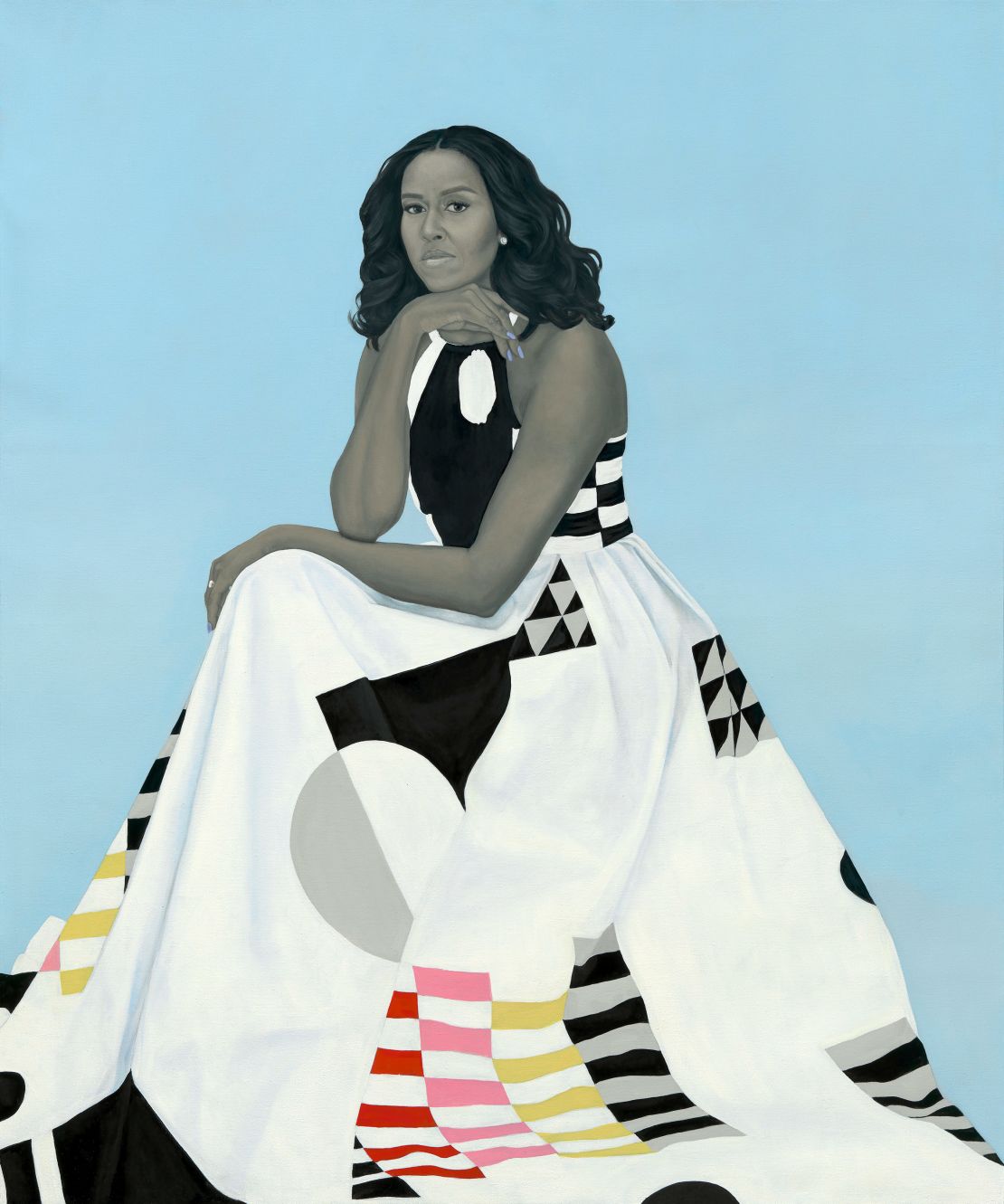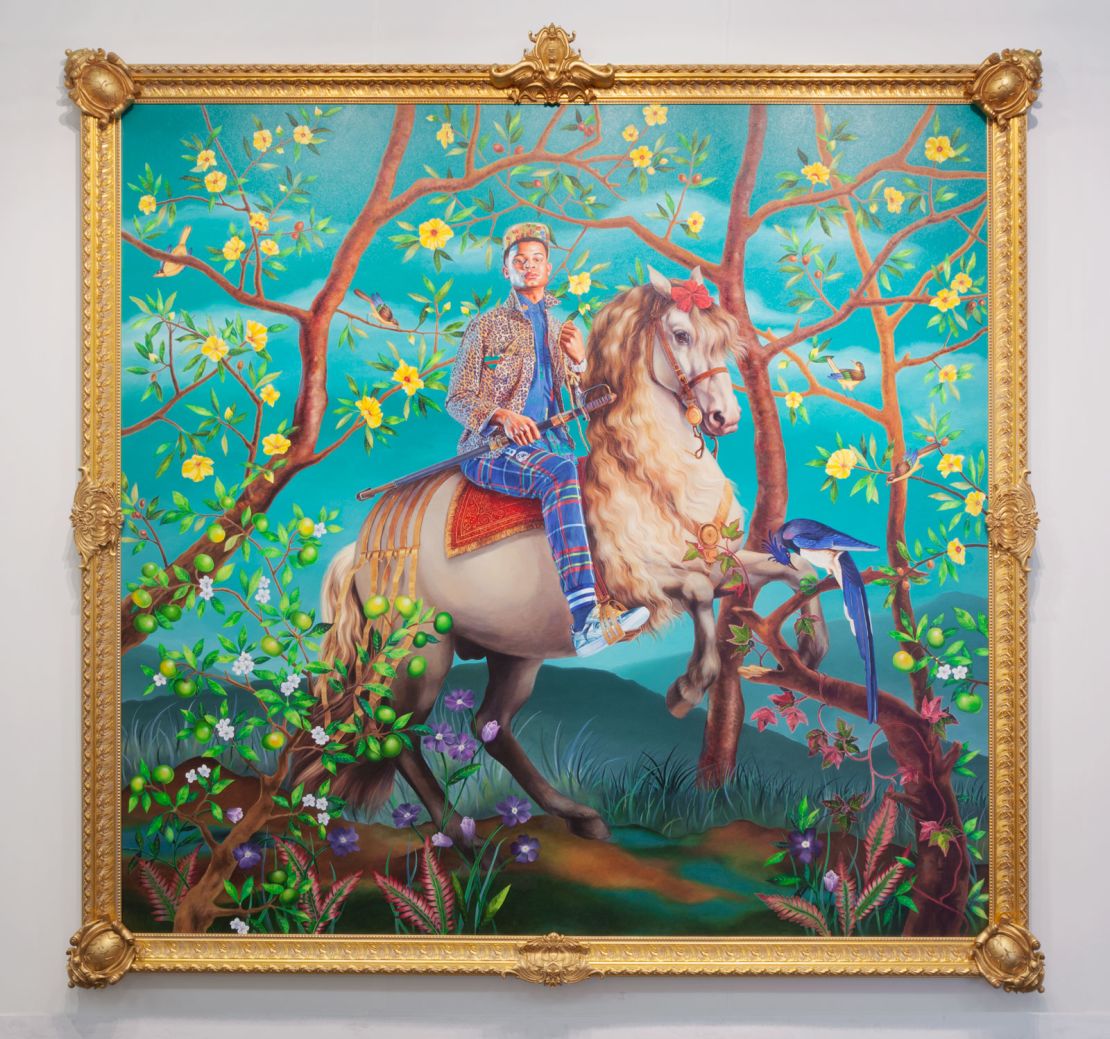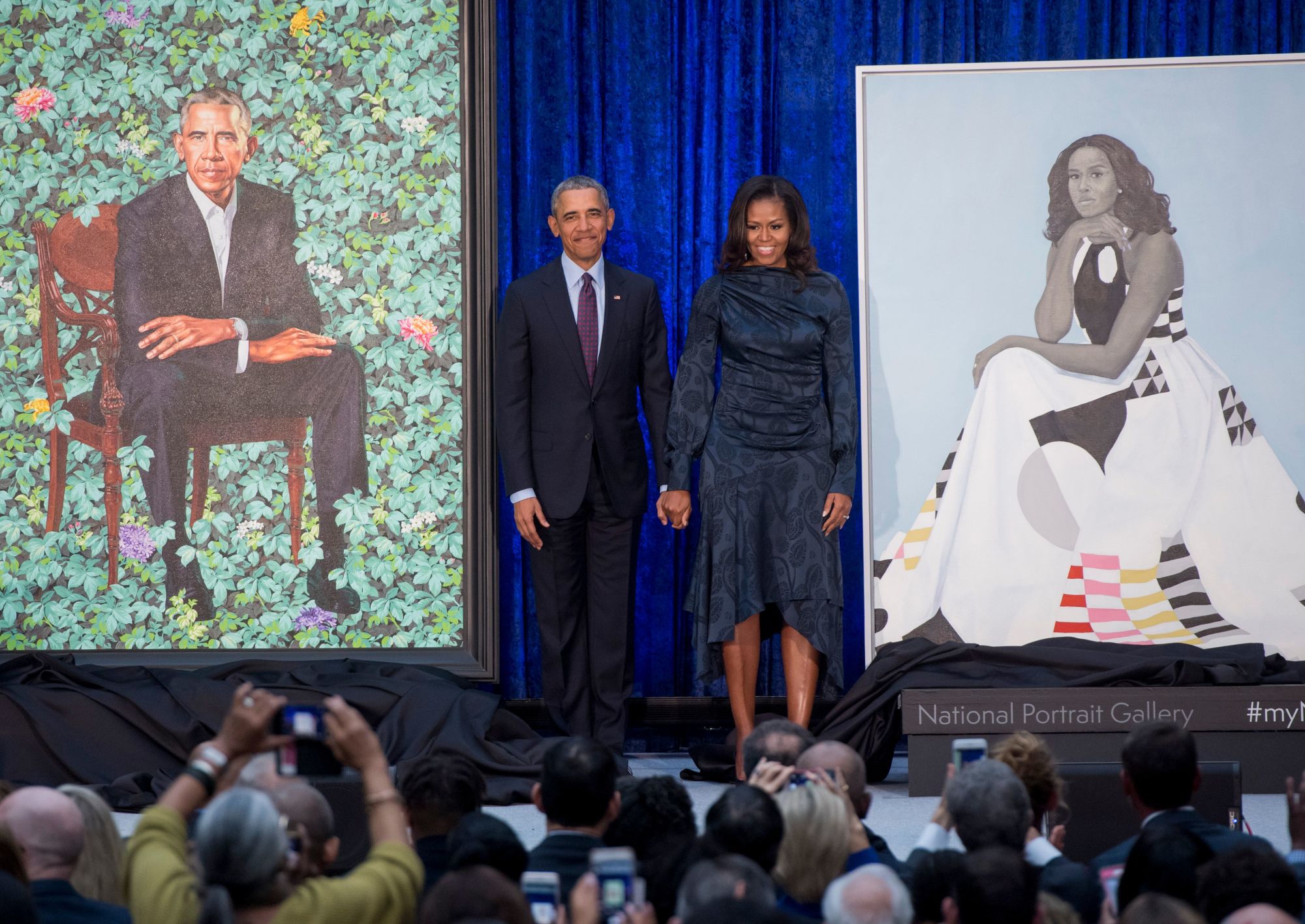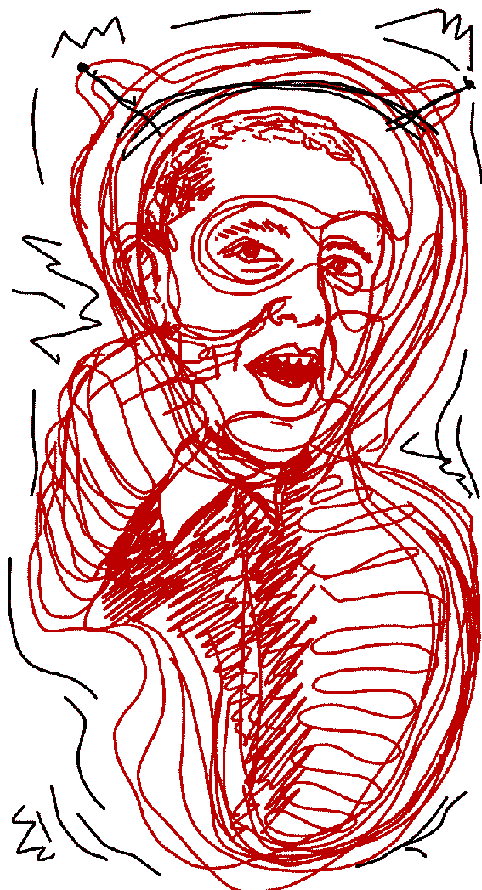Editor’s Note: Deana Haggag is the president and CEO of United States Artists, a national arts funding organization based in Chicago. Opinions in this piece belong to the author.
Culture is a powerful tool. It’s how we change the world. And for eight years, we had a presidential administration that knew this acutely.
As they demonstrated time and time again, Barack and Michelle Obama were adept at using culture to communicate with the public in meaningful ways.
During his time in the White House, President Obama literally and figuratively dropped the mic, got coffee in cars with comedians, made public Spotify playlists and sang “Amazing Grace” to soothe us when we needed it most.
Meanwhile, we had a First Lady who rapped to keep kids in college, spread the word about healthy eating on “Sesame Street,” joined Missy Elliot for some epic “Carpool Karaoke,” and mom-danced on “The Tonight Show.”
Together, they kept artists and musicians in close company and hosted forums with leading cultural figures.

They also filled their home with artworks by the likes of Alma Thomas, Glenn Ligon and William H. Johnson, signifying not only good taste but a commitment to building a more representative White House.
The Obamas knew how to deploy culture. And in those moments, we witnessed an administration unafraid to challenge tradition while simultaneously respecting the sanctity of government and its offices. The former first couple seemed to use every opportunity at their disposal to push contemporary life and culture forward.
Today’s unveiling of their official portraits at the Smithsonian National Portrait Gallery is no exception.

Painted by Brooklyn-based Kehinde Wiley and Baltimore-based Amy Sherald, these portraits will have a huge impact on American society. They mark a momentous shift in our cultural landscape – one that should never have taken this long, but is certainly worth the wait.
To start, the paintings are the first presidential portraits by African-American artists to enter the gallery. This iconic wing of the Smithsonian now has a black genius in its midst, and, much like the administration itself, the presence of these artists in an institutional space is not to be understated.

Moreover, both Wiley and Sherald are contemporary American painters with a gift for honoring the tradition of their craft while pushing its boundaries in true style.
Much like the Obamas, they show a propensity for balancing the expected with the edgy, offering a refreshing – and much needed – shift in the traditions of presidential portraiture. Today marks yet another instance where the art world has chosen to move with society rather than allowing it to stagnate.
I believe that we will feel the cultural effects of the Obamas’ time in the White House for generations to come. These portraits mark yet another pivotal moment in both their legacy and American history. In many ways, today’s unveiling makes me feel hopeful that we can live in a country that is truly representative of the diversity of its people.
It also makes me feel hopeful that we can realize a nation that believes in affording opportunities to those who deserve them.
And as such, I am reminded of the words of abstract expressionist painter Gerhard Richter: “Art is the highest form of hope.” Over the years, I have returned to these words to remind me that change is only possible when there is hope, and that art’s capacity to deploy said hope is boundless.
I agree with Richter, and I find his sentiment particularly apt in the context of an administration that ran a campaign on hope – and won.
It has always been the job of art to record the times. We make art to tell our stories and reinforce our histories. But we also, often, make art to present the world as it should be, not always as it is. There is no limit to the power of an artwork that can posit ideas for a better and more just society. Again, it’s how we change the world.
Culturally, socially and politically, we are in a moment of deep expansion as a country.
These developments come with their own growing pains – ones that seem to test us every day. But nonetheless, it is moments like the commissioning of these portraits that remind me that we can, have and will push forward.
It’s a time to be hopeful for the future and to recommit to building a cultural identity that is truly representative of our nation’s people and promise.




